Turning 60 can be an empowering milestone for many women, signifying both a wealth of life experience and the opportunity for new beginnings. It’s a time to redefine what vitality and well-being mean for you. One of the most powerful ways to support your physical, mental, and emotional health after 60 is by moving your body, mind, and attitude in ways that embrace the changes of aging while celebrating your strength and resilience. Whether you’re looking to enhance your physical health, nurture your mental clarity, or adopt a more positive mindset, movement is key. Movement doesn’t just mean exercise—it’s about cultivating new habits, exploring creative outlets, and shifting your attitude towards aging in a way that ways to move your body, mind, and attitude after 60, each designed to empower you and support your journey toward a vibrant and fulfilling life.
1. Practice Gentle Yoga for Flexibility and Balance
Yoga is one of the most effective ways to enhance both physical flexibility and mental relaxation after 60. Unlike high-impact exercise, yoga focuses on gentle movements and stretching that improve joint flexibility, muscle strength, and balance. As we age, our bodies may naturally lose some of their range of motion, but regular yoga practice can help counteract this by keeping muscles long, joints lubricated, and the body aligned. Classes specifically tailored for older adults often offer modifications and support, allowing you to work at your own pace.
Beyond the physical benefits, yoga also promotes mental clarity. With its emphasis on mindfulness and breathwork, yoga encourages a deeper connection between body and mind. It helps reduce stress, anxiety, and depression, which are common emotional challenges for those over 60. Practicing regularly, even for just 15 to 30 minutes a day, can significantly improve your sense of well-being. Additionally, yoga can foster a more positive attitude toward aging by promoting body acceptance, encouraging self-care, and offering a sense of peace and relaxation.
Starting with a beginner’s class or even online videos specifically designed for older adults can make yoga accessible to everyone. With time, you will likely notice improvements not only in your body’s flexibility but also in your ability to focus and remain calm under stress.
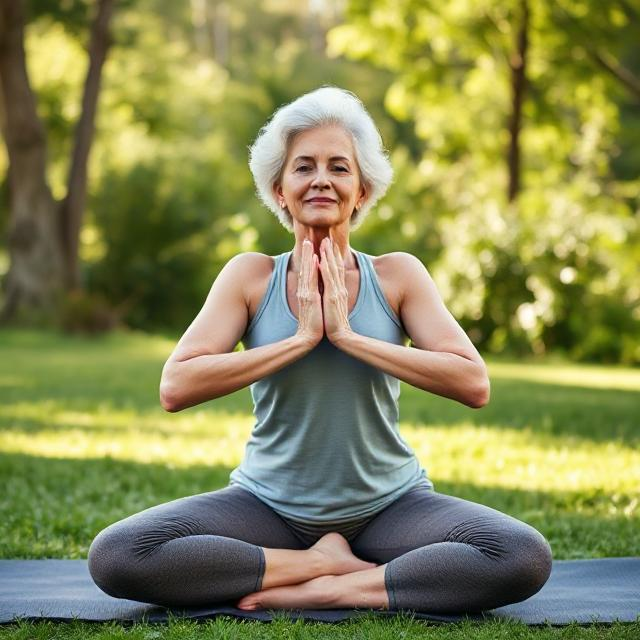
2. Engage in Low-Impact Aerobic Exercise
As we age, high-impact exercises like running can become hard on the joints, leading to discomfort or injury. That’s where low-impact aerobic exercises come into play. Activities such as walking, swimming, or cycling are fantastic for improving cardiovascular health without putting undue stress on the joints. Low-impact exercises increase circulation, promote heart health, and help maintain a healthy weight, which are crucial for overall longevity.
For those new to exercise or those looking for a gentle yet effective workout, swimming is an excellent choice. The water supports the body, relieving pressure on the joints while allowing you to engage in full-body movements that build strength and endurance. Walking, especially brisk walking, is another great low-impact activity that can be done almost anywhere. Whether you walk in the park, around your neighborhood, or even at an indoor track, regular walking is a simple but effective way to keep your heart and lungs in top shape.
Cycling is another option that provides an excellent aerobic workout while being easy on the joints. Whether using a stationary bike or cycling outdoors, the rhythmic pedaling motion helps improve leg strength and joint mobility. Aim for at least 30 minutes of aerobic exercise a few times a week to experience the long-term benefits.
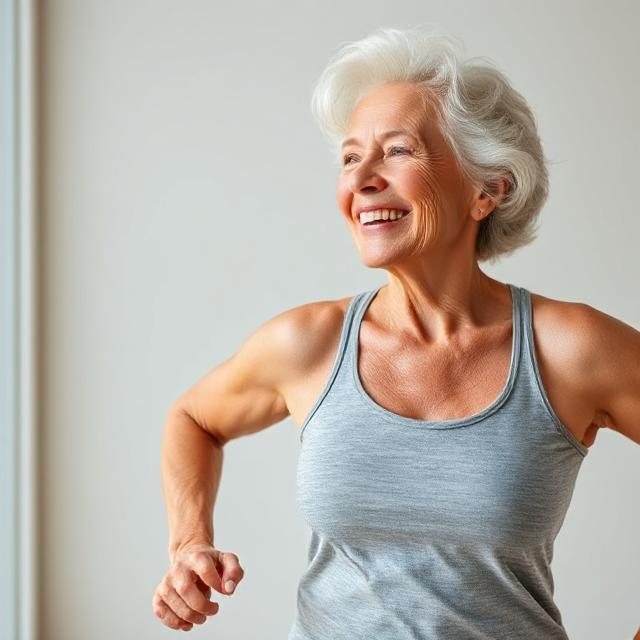
3. Try Mindfulness Meditation to Cultivate Mental Clarity
As you age, maintaining mental clarity and focus becomes increasingly important. One way to boost cognitive function and reduce stress is through mindfulness meditation. Mindfulness involves focusing on the present moment without judgment, which can help quiet the mind and alleviate feelings of anxiety, overwhelm, or distraction.
Studies show that mindfulness meditation can have numerous benefits, including improved memory, better decision-making, and enhanced emotional regulation. Starting with just five to 10 minutes of meditation each day can help calm your mind, lower stress, and improve overall mental health. You can begin with simple breathing exercises, focusing on inhaling and exhaling slowly to center yourself.
Incorporating meditation into your daily routine also helps create space for self-awareness, allowing you to acknowledge and address any negative thought patterns that may arise. By regularly practicing mindfulness, you can rewire your brain to become more resilient and better able to manage life’s challenges, promoting a positive outlook and mental well-being as you age.
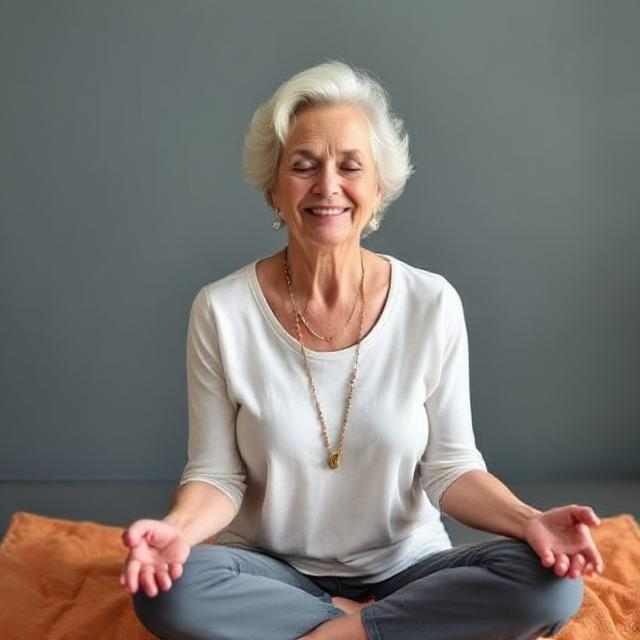
4. Take Up Creative Hobbies to Stimulate Your Mind
Engaging in creative activities not only adds joy to your life but also stimulates your brain, enhancing cognitive function. After 60, it’s common to find more time for hobbies and personal projects, so why not use this opportunity to explore new creative outlets that keep your mind sharp?
Whether it’s painting, knitting, writing, photography, or learning a musical instrument, creativity encourages problem-solving, emotional expression, and mental stimulation. These activities are often deeply therapeutic, providing a sense of accomplishment and fulfillment. Creative hobbies can help reduce stress by offering an escape from everyday worries and give you a sense of purpose, whether it’s completing a craft project or mastering a new skill.
In addition to offering a mental workout, these hobbies often connect you with communities of like-minded individuals, which can foster a sense of belonging and social connection. Group classes, local art studios, or online communities provide plenty of opportunities to share your creations, make friends, and stay socially active.
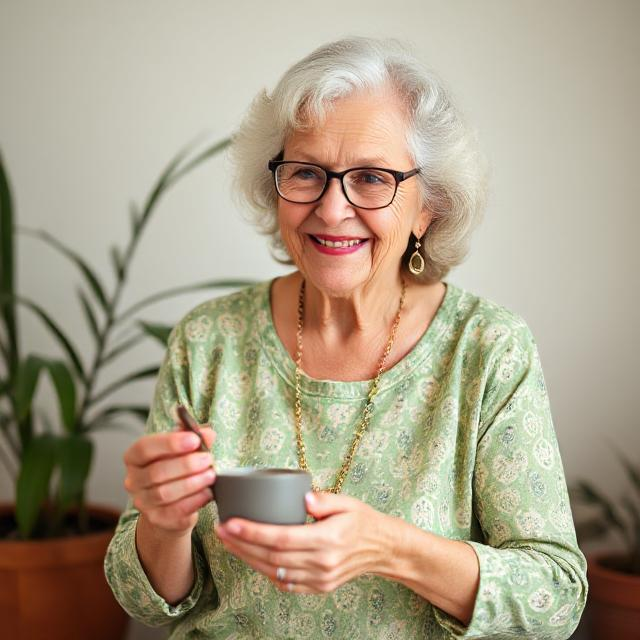
5. Prioritize Strength Training for Muscle Mass and Bone Health
As women age, muscle mass naturally decreases, which can affect both strength and mobility. One of the most effective ways to counteract this decline is through strength training. While lifting heavy weights is not necessary, engaging in light weight exercises or using resistance bands can significantly improve muscle tone and bone density, which is particularly important as osteoporosis becomes more common in older women.
Strength training helps maintain functional independence by improving your ability to perform everyday tasks, such as carrying groceries or climbing stairs. It also promotes metabolism and supports healthy weight management, which can help prevent obesity-related conditions like diabetes or hypertension. Aim to include strength training exercises at least two to three times a week to see the benefits over time.
Many community centers, gyms, and even online platforms offer strength training classes specifically for older adults. These classes typically use lighter weights and offer modifications to ensure that exercises are safe and accessible for people of all fitness levels.

6. Practice Tai Chi for Balance and Flow
Tai Chi, an ancient Chinese martial art that focuses on slow, deliberate movements and deep breathing, is an excellent practice for improving balance, coordination, and overall well-being. Often referred to as “meditation in motion,” Tai Chi combines gentle exercise with mindfulness to promote relaxation and mental clarity. The flowing movements are designed to improve balance and strength, while also reducing the risk of falls, which can be a concern for older adults.
Tai Chi has also been shown to reduce stress, improve joint flexibility, and enhance cardiovascular health. It’s a low-impact activity that is gentle on the body, making it ideal for those who want to keep moving without putting excessive strain on the joints. Many Tai Chi classes are available for beginners and are specifically tailored to older adults, ensuring a safe and supportive environment.
If you are new to Tai Chi, start with short sessions and gradually build your practice. The meditative quality of the movements can help cultivate a sense of calm and relaxation, leaving you feeling centered and balanced.
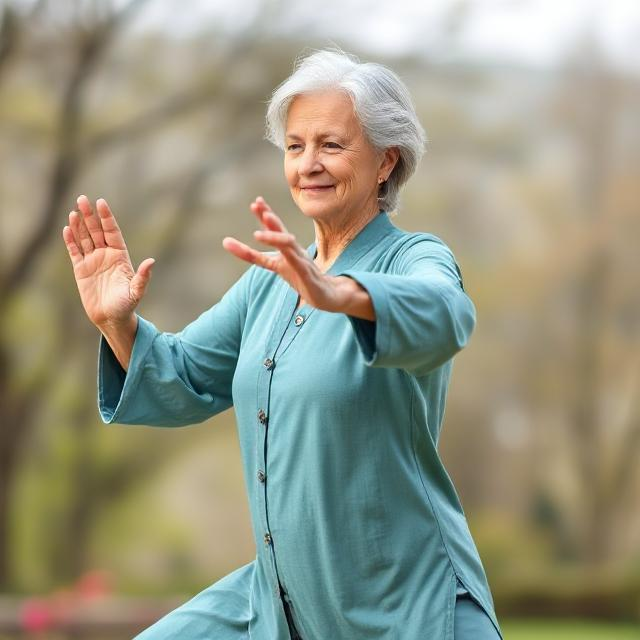
7. Incorporate Stretching into Your Routine for Greater Mobility
As you age, maintaining flexibility is crucial for keeping the body mobile and reducing the risk of injury. Regular stretching helps keep muscles, tendons, and ligaments flexible, promoting better posture and range of motion. Stretching also helps reduce muscle tension, which can alleviate discomfort from sitting or standing for long periods of time.
You can incorporate stretching into your daily routine by setting aside time in the morning or evening for gentle stretches. Focus on key areas such as the neck, shoulders, hips, and lower back, which tend to hold tension as we age. Yoga and Pilates are also excellent forms of exercise that emphasize stretching and flexibility while also improving core strength.
Stretching is a low-impact activity that can be done in the comfort of your own home, making it easy to maintain consistency. As you stretch regularly, you’ll likely notice increased flexibility, reduced stiffness, and improved circulation.
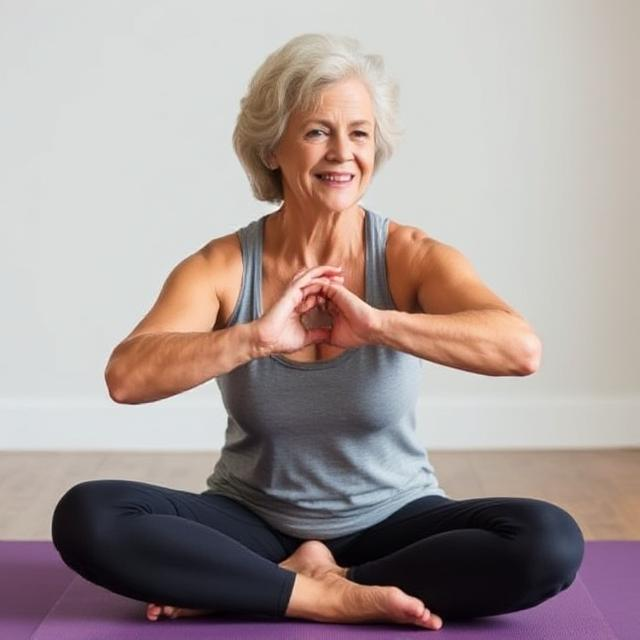
8. Spend Time Outdoors to Boost Your Mood and Health
Getting outside and connecting with nature is a simple but powerful way to improve both physical and mental health. Exposure to natural sunlight helps boost vitamin D levels, which are essential for bone health and immune function. Additionally, spending time in green spaces has been linked to lower stress levels, improved mood, and enhanced cognitive function.
Whether it’s gardening, walking in the park, or simply sitting outside to enjoy the fresh air, outdoor activities can have a profound impact on your overall well-being. Nature walks are particularly beneficial for promoting cardiovascular health while allowing you to connect with the natural world.
Incorporating outdoor activities into your daily routine also encourages physical movement, which is essential for maintaining strength and vitality as you age. Whether you prefer hiking, birdwatching, or just strolling along the beach, spending time outdoors supports both your body and mind.

9. Cultivate a Positive Mindset for Resilience and Joy
A key component of staying healthy and happy after 60 is maintaining a positive attitude toward aging. While it’s natural to experience challenges as we age, cultivating a resilient mindset can help you navigate life’s changes with grace and joy. Focus on the opportunities and blessings that come with this new chapter of life, rather than dwelling on the limitations.
One way to foster a positive mindset is through gratitude practices, such as journaling or simply taking time each day to reflect on what you’re grateful for. This helps shift your focus toward the present moment and the things you appreciate about your life. Embracing self-compassion and letting go of perfectionism can also help you maintain mental peace, making it easier to cope with any challenges that arise.
Additionally, setting small goals for yourself and celebrating each accomplishment—whether it’s mastering a new hobby, improving your fitness level, or simply enjoying a good day—can help boost your self-confidence and enhance your outlook on life.

10. Strength Training for Longevity and Confidence
As you age, maintaining muscle mass becomes increasingly important for overall health and well-being. Strength training, also known as resistance training, is one of the most effective ways to counteract the natural loss of muscle mass that occurs with age.
Incorporating strength exercises into your routine can help maintain bone density, improve posture, and enhance functional movement, making daily activities easier and less strenuous. It can also help boost metabolism, support joint health, and improve overall strength, reducing the risk of falls and fractures. Strength training doesn’t mean you need to lift heavy weights or engage in intense workouts. In fact, starting with light weights or resistance bands and focusing on proper form is ideal for older adults. Begin with exercises that target major muscle groups, such as squats, lunges, bicep curls, and chest presses. As you progress, you can gradually increase the weight or resistance to continue challenging your muscles. Beyond the physical benefits, strength training can have a profound impact on your mental and emotional well-being.
Building strength and seeing progress over time can provide a significant boost to your self-esteem and confidence. As you gain strength, you’ll likely notice improvements in your energy levels and your ability to perform everyday tasks, from carrying groceries to lifting heavy objects. Furthermore, strength training has been shown to help manage chronic conditions such as arthritis, diabetes, and osteoporosis, all of which can be common as you age. Incorporating strength training into your weekly routine, even just two to three times a week, can have profound effects on your quality of life. Not only will you improve your physical health, but you’ll also feel more empowered and confident in your ability to take on the challenges of daily life.
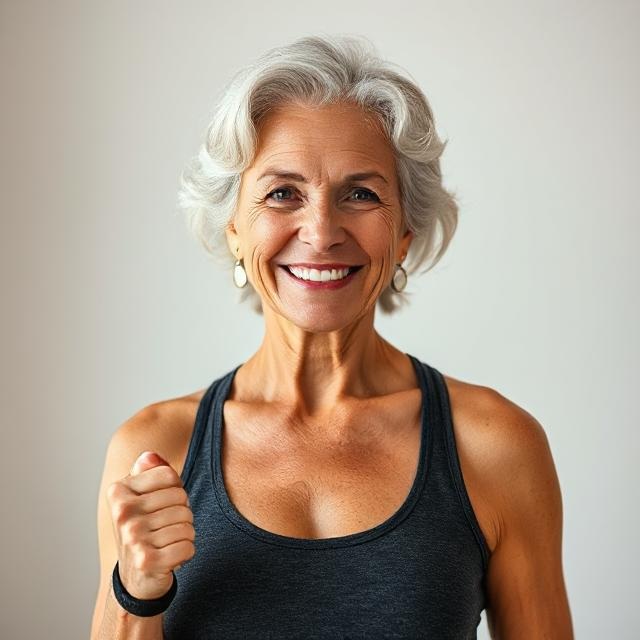
Moving your body, mind, and attitude after 60 is about embracing change with positivity, staying active, and nurturing your well-being. By engaging in practices that promote physical fitness, mental clarity, and emotional resilience, you can continue to thrive at any age. Whether it’s through yoga, Tai Chi, outdoor activities, or cultivating a positive mindset, each step you take toward nurturing yourself adds to a life filled with vitality, purpose, and joy. The key is consistency and self-compassion, allowing you to adapt and enjoy the beauty of every stage of life.


